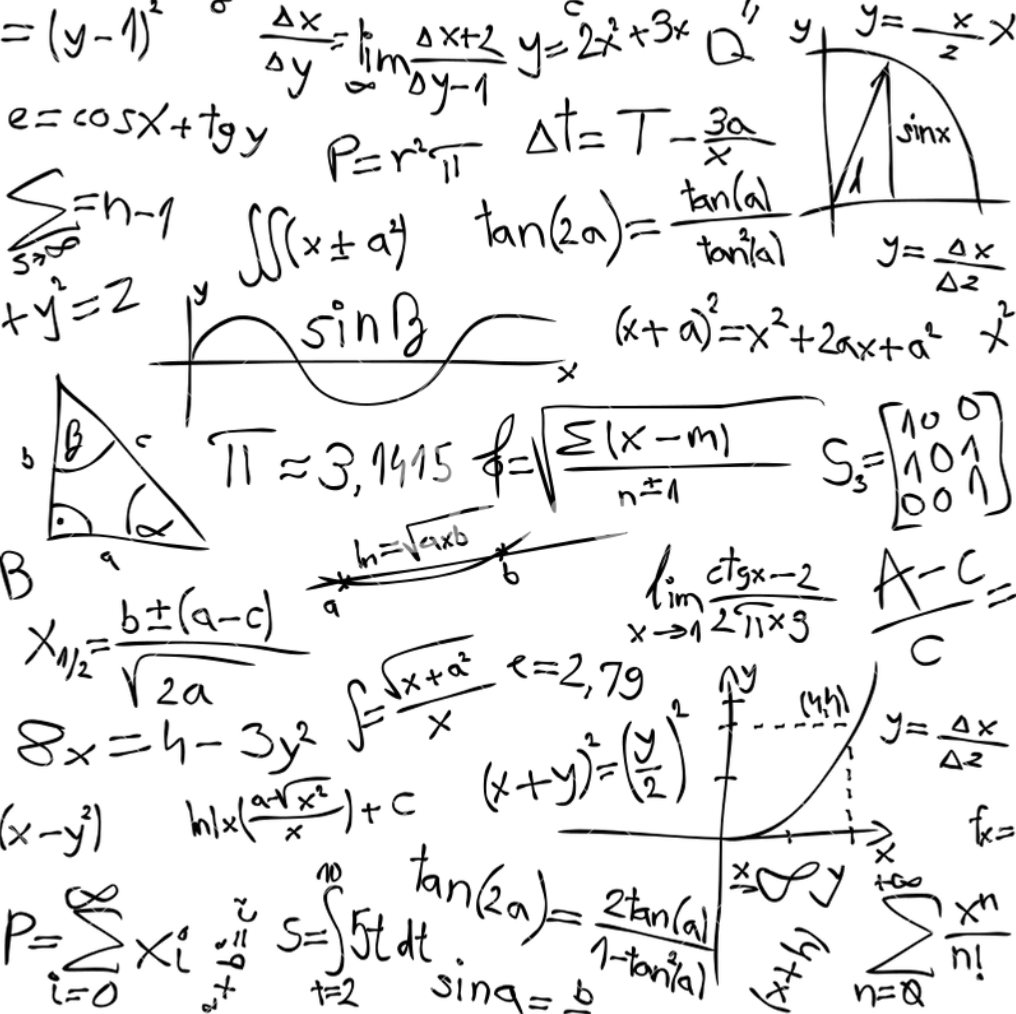
14 Mar The Role of Repetition and Writing in Learning Mathematics by Lionel Katz – Head of Mathematics
I am often asked, “What is the best way to learn Mathematics?”. Whilst seemingly a very innocuous question, it doesn’t come with an easy answer. There have been many studies, over many generations, to help understand what provides students with the best opportunities to achieve their desired outcomes in this subject.
“What about rote learning?” some may ask. Growing up some peoples’ experience of their maths lessons was ‘completing the left-hand side’ of an exercise in the text book, which had a whole stream of skill and drill questions. The right-hand side of the exercise was reserved for personal study when coming up to a test or end of semester examination. However, for a bit of variation, the teacher would assign the right-hand side leaving the left hand side for revision.
We have moved on from there, and fortunately, so have our textbooks. There is still a great emphasis on repetition; whilst the teacher will explicitly explain a technique, procedure or routine that needs to be mastered, we find that the first few questions provide the opportunity for skill and drill of the same concept. The aim is for the student to have familiarity with the procedure. We then move into a phase, often referred to as repetition with variation.
It has been well stated for a while, thanks to the psychologist Jean Piaget, and I am paraphrasing here, that development is the result of repeated patters of exercise and then reused in novel situations. Whilst the first few questions in a textbook exercise are there for students to embed the new technique, they need opportunities to vary the situation for this technique to be used to assist in the retention of these new techniques and thus we have repetition with variation.
Another way in which students can further embed their understanding is being able to explain the concept. In conjunction with our ‘Writing Revolution’ at LYC, being able to write the solution to a problem, using rich mathematical language had been shown to yield benefits to student understanding and learning. Further, there has been an increased expectation in all VCE Mathematics subjects for students to be able to explain various different concepts, which has been reflected on the examinations. As a result, the Maths Department at LYC has taken up the challenge to incorporate both writing and explanation into all aspects of mathematics learning to assist students in their understanding and retention of routines, techniques and concepts.
I am reminded of one of the oldest learning philosophies; ‘na’aseh v’nishma’. Whilst literally meaning ‘we will do and we will hear’, it is often extrapolated to mean ‘we will do and then we will understand’. To truly understand would enable us to be able to explain. The process of learning mathematics is similar; do the maths to embed the process, vary up the routine for retention and then explain the concept for understanding.




